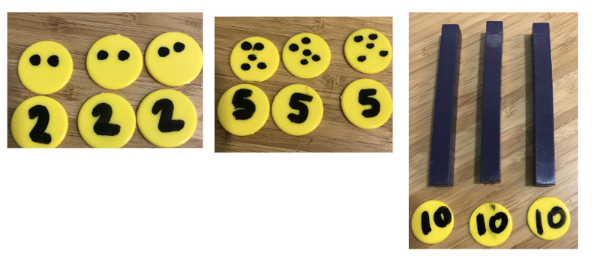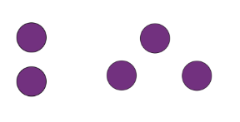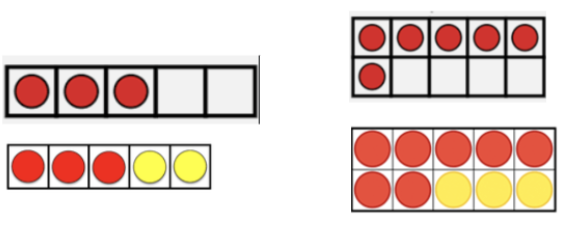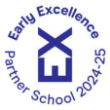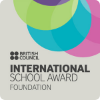Place Value
Number Acquisition (Counting & Place Value)
Early acquisition of number relies on learning number rhymes, counting in unison, noticing numbers around us. During EYFS the children focus on numbers from 1 to 10. The children need to be secure with the number names and recognising the corresponding numerals. They need to be able to count on a given number of objects. and look for patterns. During Year 1 the children focus on numbers to 0-100. They need to be secure with the teen numbers and recognise the corresponding symbols. They start working with halves and quarters. During Year 2 the children focus on numbers 0-100. We work with halves, quarters and thirds and begin to look for equivalent fractions.
Key Vocabulary for Place Value
- Numeral
- Digit
- Ones
- Tens
- Notice
- Greater than
- Less than
- Equal to
- Compare
- Same
- Different
- Order
- Fewest
- Most
- Count
- Place value
Models:

Manipulatives:

Learning Pathway for Acquisition of Number (Place Value): |
|||||||||||||||||
|
Recite numbers in order |
|
||||||||||||||||
|
1:1 Pairing |
|
||||||||||||||||
|
Consolidate concept of cardinal numbers and counting including estimating. |
|
||||||||||||||||
|
Subitising |
|
||||||||||||||||
|
Five/Tens Frames |
These are used as a concrete (counters) and pictorial representation. This supports children with subitising and rapidly recognising how many. These are also used to support learning of number bonds by using 2 coloured counters.
|
||||||||||||||||
|
Recognising numerals |
Find all the number 1s hidden on a grid or in the sand
|
||||||||||||||||
Conservation of number:
Count out 5 things (dinosaurs, teddies, counters). Mess them up and move them around. We need to be able to say how many there are without needing to re-count.
Linking 1:1 pairing and cardinality:
Put out 5 cups. Count aloud how many cups there are. Now put a spoon into each cup and ask how many spoons we have used? Children should be able to say there are 5 spoons without counting. Repeat with different numbers to 10 to check understanding is secure.
Matching numerals to numbers of objects:
Use number tracks/lines to show that the amount increases by 1 each time.
Sets of towers and cards with numbers on. We match the tower with the number and then order them. Ask, which number is 1 more than 4 etc.
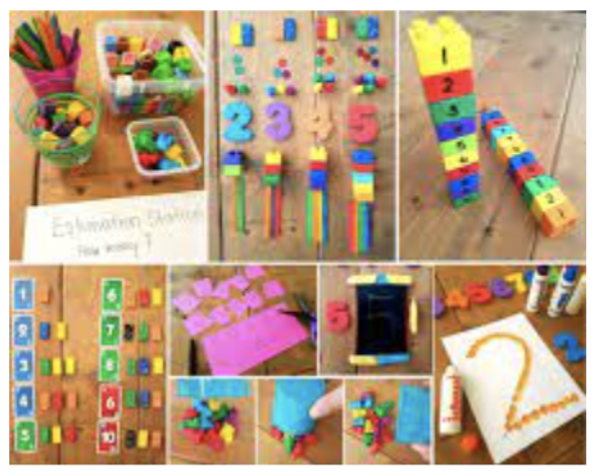
Part Whole Model
These can have an infinite number of parts as children explore the composition of numbers. E.g 4 is a 1, a 1, a 1 and a 1
This is a pictorial representation which shows the relationship between a whole number and its parts.
To begin the children would use objects such as counters, stones etc to place onto the model, eventually using base 10 tens and ones equipment. Children will then be asked to draw their own part-whole models and record their work, beginning by making marks to represent amounts and then writing digits.

Place Value:
Children use Place Value mats and apparatus (place value counters, base 10) to represent numbers to help understand the number system.
In Year 1 we focus on numbers 11 – 20.
Children can find the teen numbers more difficult. We emphasize the ‘teen’ when saying the numbers (thirTEEN) and we practise making the numbers using tens frames and place value charts with manipulatives. It is important to note that the vocabulary for this is tens and ones (not units).
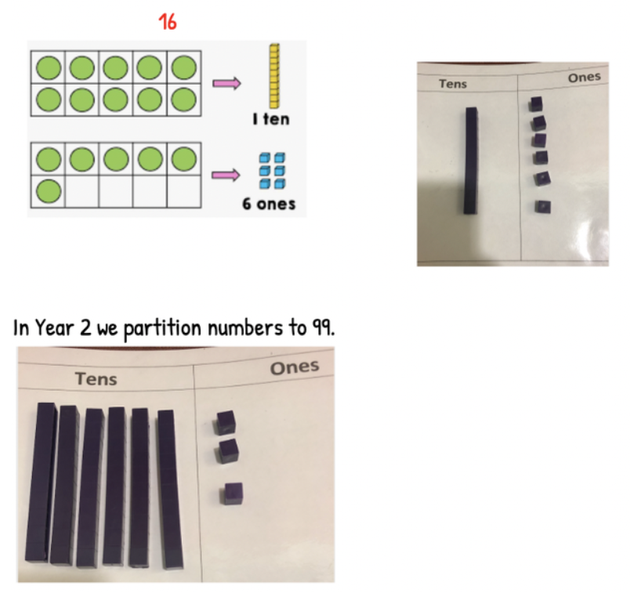
Counting:
We practise counting in equal steps:
EYFS – count in 1s forwards and backwards
Year 1 – counting in 2s, 5s, 10s and towards the end of Year 1 in halves.
Year 2 – counting in 2s, 3's, 5s and 10s and know multiplication and associated division facts. Counting in halves and quarters.
